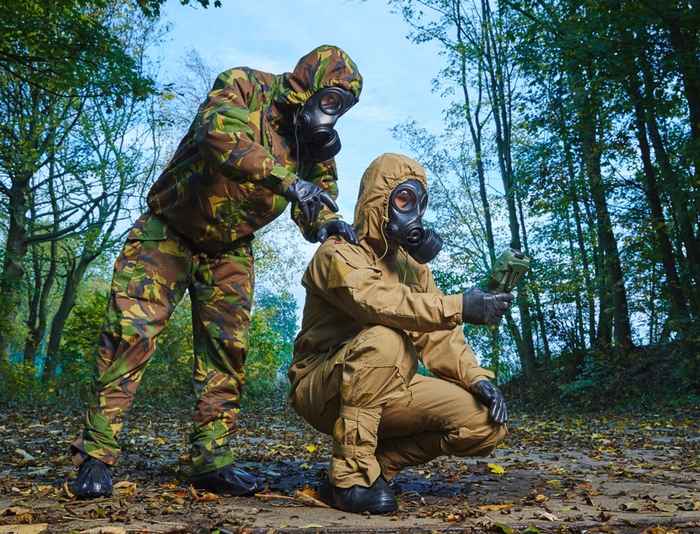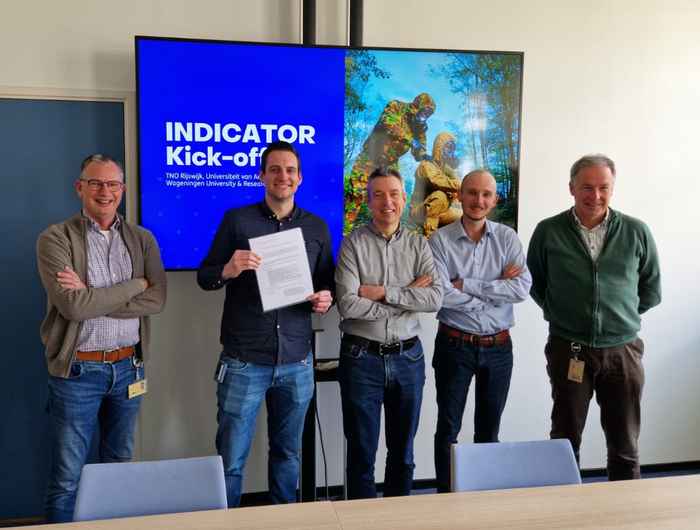Improving the on-site detection of chemical warfare agents
30 March 2023

In particular, De Koning will focus on the sensitive and selective identification of new classes of CWAs. This includes detection in real-time when agents are released, using powerful handheld and portable analytic instrumentation in combination with wireless data transfer and advanced centralized data processing and analysis. The research also focuses on identification after an incident through analysis of residues at the scene, and investigation of biomedical samples from potential victims of CWA exposure in the laboratory. Dr Gert Salentijn (WUR), Dr Saer Samanipour (UvA), and Dr Marcel van der Schans (TNO) will provide key scientific and technological expertise to successfully develop new in-field CWA detection strategies.
In general, currently available technology for detection and identification of CWAs are suitable to identify CWAs such as tabun, sarin, soman, VX and mustard gas. This is because these agents are relatively volatile and can be sampled from air and subsequently analyzed. In recent years, however, new agents of concern have been developed such as the so-called ‘Novichoks’ and pharmaceutical based agents such as fentanyl. These display a fairly low volatility which renders their detection much more challenging. In hisPhD research, De Koning will investigate the benefits of combining several spectroscopic techniques. In addition, not all currently available detection methods can continuously monitor the possible presence of CWAs because of interference by background compounds. De Koning hopes to improve both these aspects of CWA detection and identification.

Jelle de Koning (second from the left) is a junior scientist working at the Chemical, Biological, Radiological and Nuclear (CBRN) Protection department of TNO Defense, Security and Safety in Rijswijk. He will obtain his PhD with Prof. Arian van Asten (middle), who holds a chair in Forensic Analytical Chemistry and On-Scene Chemical Analysis at the University of Amsterdam (UvA, Van ‘t Hoff Institute for Molecular Sciences HIMS). Co-supervisors are Dr Saer Samanipour (UvA, HIMS, not in the picture), Dr Gert Salentijn (WUR, Laboratory of Organic Chemistry, second from the right) and Dr Marcel van der Schans (TNO, far right). At the far left is TNO CBRN Program Manager Dr Ruud Busker. The project was named INDICATOR, an acronym for INstrumental and Data science solutions for In-theatre identification of Chemical warfare Agents by military operaTORs. Funding by the Netherlands Ministry of Defence is gratefully acknowledged.